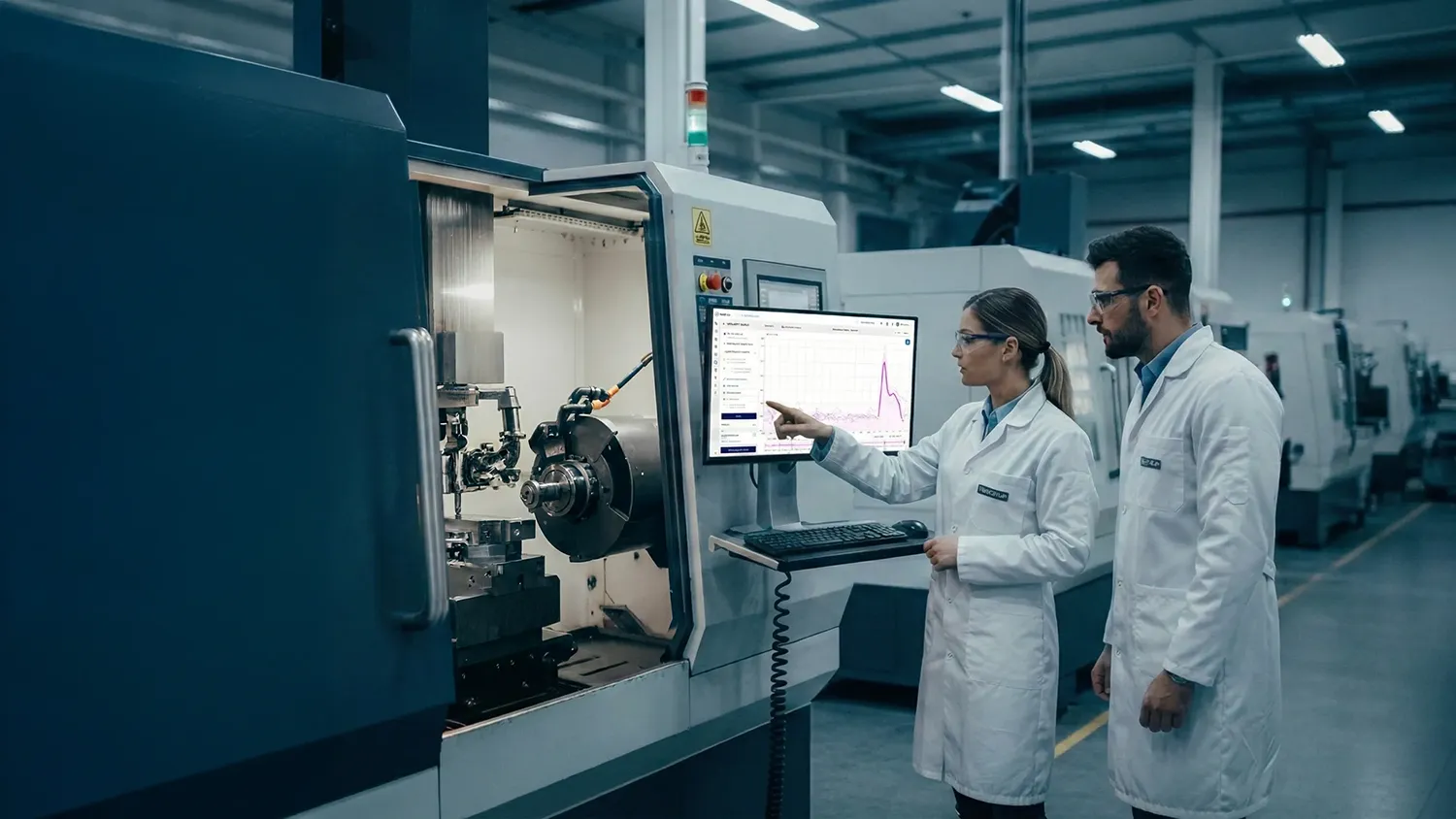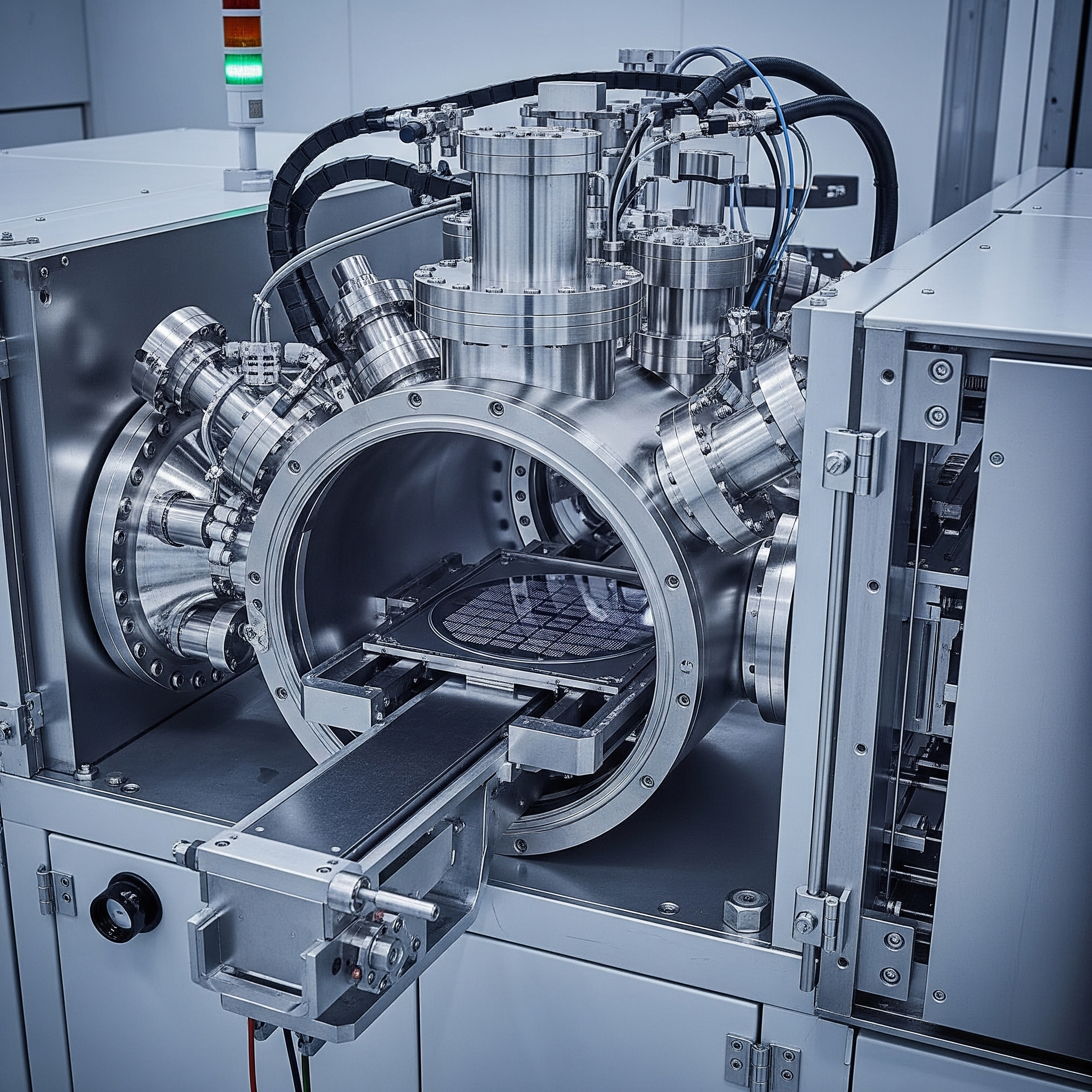Smart CIP Strategies for Dairy Plants: Reduce Cleaning Time, Water, and Chemical Use

Table of Contents
Introduction: The Critical Role of CIP in Dairy Hygiene
In dairy production, cleanliness is not a luxury—it is a necessity. Clean-in-Place (CIP) systems are critical to ensuring that processing equipment meets stringent hygiene standards. These systems must remove product residues, eliminate microbial contaminants, and comply with food safety regulations, such as those from the FDA, EHEDG, and ISO standards.
Traditional CIP protocols typically operate on time-based schedules regardless of actual equipment condition. While this approach ensures compliance, it often results in excessive water, energy, and chemical use. With increased pressure on dairy processors to meet environmental, social, and governance (ESG) goals, these inefficiencies are no longer acceptable. In an industry where margins are thin and production uptime is paramount, optimizing CIP processes can significantly impact operational performance and sustainability.
This article explores the current challenges in dairy CIP processes and introduces how TrendMiner's industrial analytics platform empowers plants to implement smarter, data-driven cleaning strategies.
Understanding the Problem: Common CIP Inefficiencies
Despite technological advancements in dairy processing, many CIP systems still suffer from the following inefficiencies:
Fixed-Schedule Cleaning
Dairy plants often clean equipment at set intervals, regardless of the actual degree of fouling. This leads to overcleaning and wasted resources when equipment doesn’t need cleaning, or under-cleaning when more aggressive cycles are required.
Excessive Resource Use
CIP processes consume significant amounts of water, energy, and chemicals. Without real-time insight, it's impossible to know if these inputs are being used effectively. For example, heating water for a 60-minute cycle that could be completed in 40 minutes leads to avoidable energy waste.
Downtime and Lost Productivity
Cleaning cycles often interrupt production schedules. Unplanned or prolonged CIP activities can delay batch processing, reduce output, and increase operational costs.
Real-World Consequences
Inefficient CIP processes contribute to:
- Increased energy bills
- Higher chemical purchasing costs
- Greater water usage
- Delayed product delivery
- ESG non-compliance
Cumulatively, these effects erode profitability and hinder continuous improvement initiatives.
Learn how TrendMiner optimizes dairy cleaning cycles → Dairy solutions
Why Traditional Monitoring Falls Short
No Real-Time Feedback
Many legacy systems cannot assess fouling levels or cleaning effectiveness in real time. As a result, decisions are based on assumptions, not data.
Inconsistent Fouling Detection
Visual inspections and manual sampling provide limited insights. These methods are subjective, prone to error, and lack consistency.
Missed Optimization Opportunities
Traditional approaches overlook critical optimization opportunities, such as adjusting chemical concentrations or modifying cleaning durations based on actual residue levels.
Without intelligent analytics, CIP remains a reactive process rather than a proactive and optimized one.
How Industrial Analytics Enables Smarter CIP
TrendMiner revolutionizes CIP optimization in dairy plants by transforming raw process data into actionable insights. The platform leverages both time-series and contextual event data to drive improvements in cleaning efficiency and sustainability.
Trend Analysis with Time-Series Data
Operators can visualize and analyze historical CIP data to uncover patterns, benchmark performance, and identify inefficiencies. TrendMiner's intuitive interface allows teams to detect deviations from optimal cleaning conditions.
Fouling Detection and Triggered Cleaning
With continuous monitoring, TrendMiner can identify the buildup of fouling based on process variables such as temperature, flow rate, and conductivity. These signals can trigger cleaning cycles based on actual need rather than fixed schedules.
Pattern Recognition
By comparing cleaning events across different lines or batches, TrendMiner helps users identify recurring issues or best practices. Operators can standardize effective cleaning protocols and eliminate variability.
Visibility Across Assets
The platform provides a holistic view of CIP activities across all equipment, enabling centralized monitoring and benchmarking. This cross-asset insight supports targeted improvements and consistent compliance.
Integration with Operational Systems
TrendMiner integrates seamlessly with existing historians, MES, and SCADA systems, pulling in data from multiple sources for a complete picture. This capability reduces the need for manual data compilation and ensures real-time responsiveness.
Case Examples from the Dairy Industry
Reducing Cleaning Time and Costs
One dairy plant used TrendMiner to analyze CIP durations across multiple filling lines. By aligning cleaning cycles with actual fouling indicators, they reduced average cleaning time by 20%, saving over 150 hours annually.
Minimizing Chemical Use
Another facility identified that chemical concentrations were often higher than necessary. Adjustments based on real-time conductivity data reduced detergent use by 25% without compromising hygiene, leading to cost savings and reduced environmental impact.
Increasing Production Uptime
A cheese producer reduced unplanned cleaning-related downtime by using TrendMiner to detect performance anomalies linked to fouling. This improved scheduling accuracy and increased annual output by 5%.
Sustainability Gains
By optimizing CIP processes, plants reported measurable reductions in water usage, energy consumption, and chemical waste—contributing to their corporate ESG goals and reducing environmental impact.
Learn how TrendMiner optimizes dairy cleaning cycles → Dairy solutions
CIP Optimization as Part of a Larger Strategy
Optimizing CIP is not an isolated initiative. It forms part of a broader digitalization and sustainability strategy in modern dairy operations.
Energy and Water Management
By reducing heating requirements and water flow during cleaning, CIP optimization contributes directly to energy and water conservation goals.
ESG Compliance
Regulators increasingly demand transparency and accountability in resource usage. TrendMiner's reporting and dashboarding capabilities support data collection for ESG reporting and audits.
Continuous Improvement and Digital Transformation
Smarter CIP supports lean manufacturing and continuous improvement initiatives. By embedding analytics into daily operations, dairy plants build a data-driven culture that enhances agility and responsiveness.
Conclusion: Clean Smarter, Not Harder
Smart CIP strategies powered by industrial analytics enable dairy producers to:
- Maintain hygiene standards with confidence
- Cut cleaning time and resource use
- Increase asset availability and uptime
- Support sustainability and ESG targets
- Drive continuous operational improvement
By leveraging TrendMiner’s advanced analytics capabilities, dairy plants can move from guesswork to precision. The result is a more efficient, sustainable, and profitable operation.
Additional Reading
- Advanced Industrial Analytics: Why It Matters Now – LNS Research
- Net Zero in the Food Industry - BSI Group
- What is top of mind for dairy executives in 2024? - McKinsey
Frequently Asked Questions (FAQ)
Q1: Can TrendMiner integrate with our existing CIP systems?
A: Yes. TrendMiner is vendor-agnostic and integrates with most historians, MES, SCADA, and other OT/IT systems.
Q2: How long does it take to realize ROI with TrendMiner?
A: Many customers begin to see measurable ROI within weeks, with full value often realized in less than 3 months.
Q3: What skills are required to use TrendMiner?
A: TrendMiner is built for operational experts, not data scientists. It offers intuitive self-service analytics with no-code and low-code options.
Q4: Is TrendMiner only for large enterprises?
A: No. While scalable for enterprise-wide use, TrendMiner is equally effective in single-plant deployments.
Q5: How does TrendMiner support ESG compliance?
A: By tracking resource use, emissions, and process efficiency, TrendMiner supports data collection and reporting for ESG frameworks.
Learn how TrendMiner optimizes dairy cleaning cycles → Dairy solutions
Unlock Your Industrial Potential
Discover how our analytics solutions can transform your process industry operations today.

Subscribe to our newsletter
Stay up to date with our latest news and updates.
Latest Resources
Explore Our Newest Content to Maximize Your Operational Efficiency









